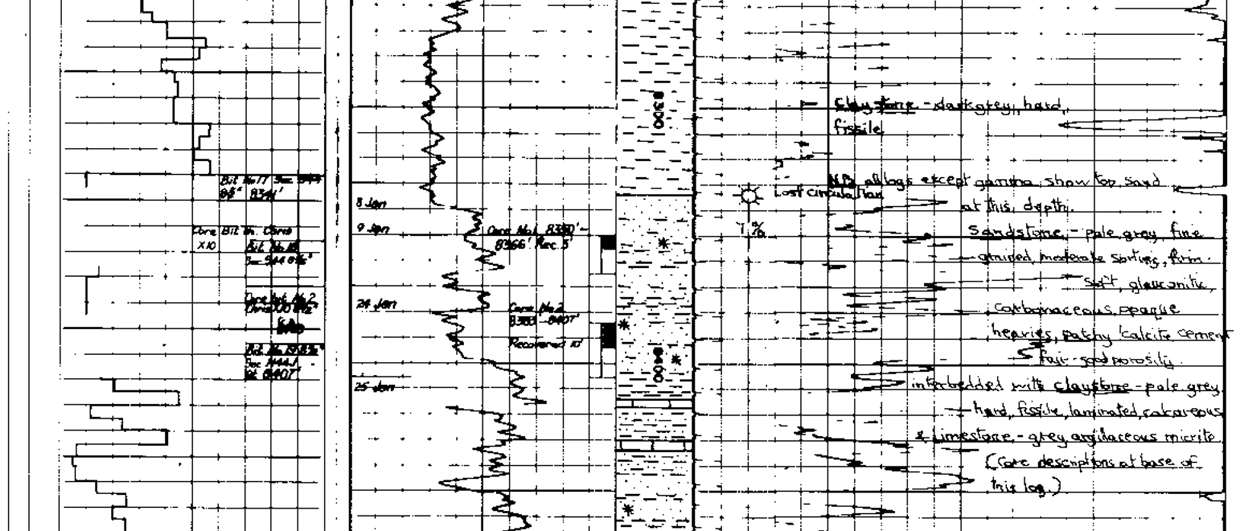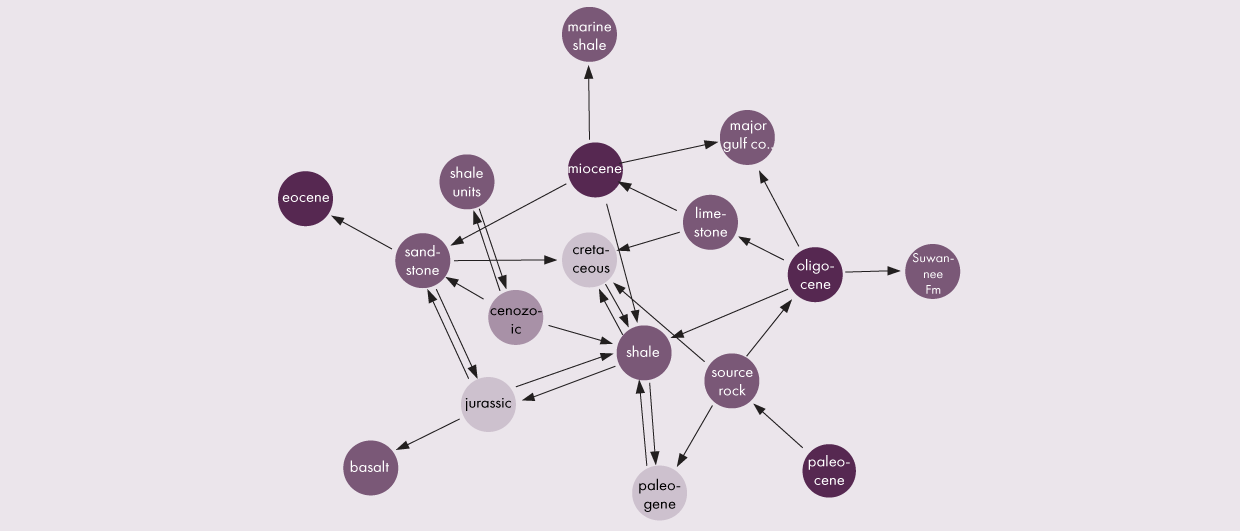“Deeply misleading”, that’s how Thomas Halsey describes the commonly cited phrase “Data is the new oil”. At least when it comes to data held by the upstream industry. The main reason for that? “Conversion of the sheer mass and heterogeneity of upstream datasets is not an easy and cheap exercise”, he argues in a long-read published by the Journal of Petroleum Technology as part of a series dedicated to SPE’s Grand Challenges in Energy. Halsey worked for ExxonMobil for more than 26 years and is currently professor in the Department of Chemical and Biomolecular Engineering at Rice University.
“A key principle”, he continues in the article, “is that digital transformation should be value-driven”. A lot of data held in a myriad of places is not economically useful. The data that is, often “requires substantial spending on quality assurance, data curation, data transfer to points of computation, and the use of highly paid domain experts to interpret data analysis and make business decisions that there is no pathway to reliable value based on the data.”
Business decisions are leading
Therefore, he argues that business decisions should drive the way the digital transformation is taking shape. Improving business decisions through better access to and a better ability to analyse data has the potential to substantially reduce costs along the way, thereby forming a clear economic driver for implementing it.
“Detecting subtle hints towards the presence of hydrocarbons in a seismic survey that may be missed by human interpreters is good example of how new digital capabilities, here in the form of pattern recognition, have made their way into the upstream sector”, continues Halsley. The seismic industry remains a world of highly technical disciplines, but thanks to the advent of high-performance computing and easier access to data as a result of cloud computing, opportunities to derive more value from these datasets have certainly increased.
The drilling industry is another upstream sector where access to digital data has exploded in recent years. The use of real-time drilling data in combination with models predicting the optimal drilling parameters has resulted in drillers being able to optimize rate of penetration. “The machine-learning component of such innovations need not be terribly sophisticated”, concludes Halsley, but the key is the ability to combine models with the rich data sources available in modern operations.”
Don’t count on having it all
To conclude, there may be legal limitations to how “local” subsurface data could be used in a global sense, argues Halsey. Seismic data can be owned by governments, who can impose restrictions on its use. He does not mention the seismic acquisition companies, but these players are equally likely to prevent the widespread dissemination of their datasets that have been recorded at great expense. In that case, there is a business rationale behind keeping data within the limits of the organization.





